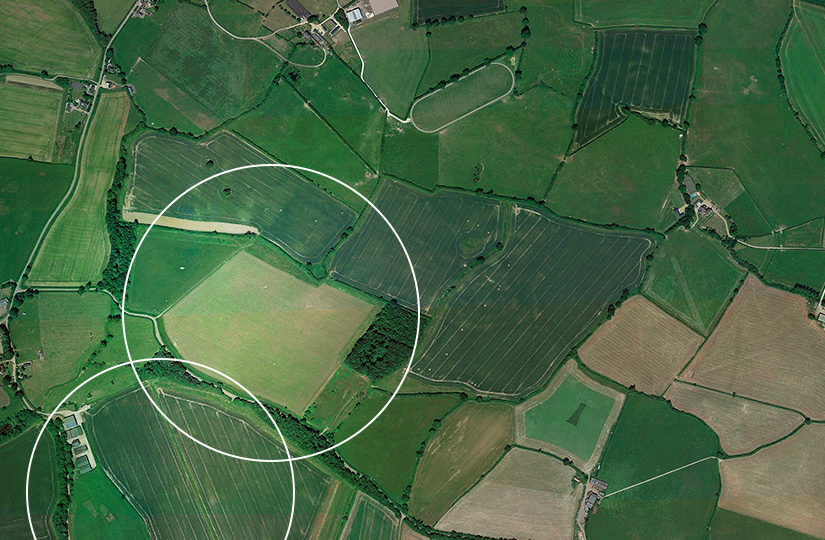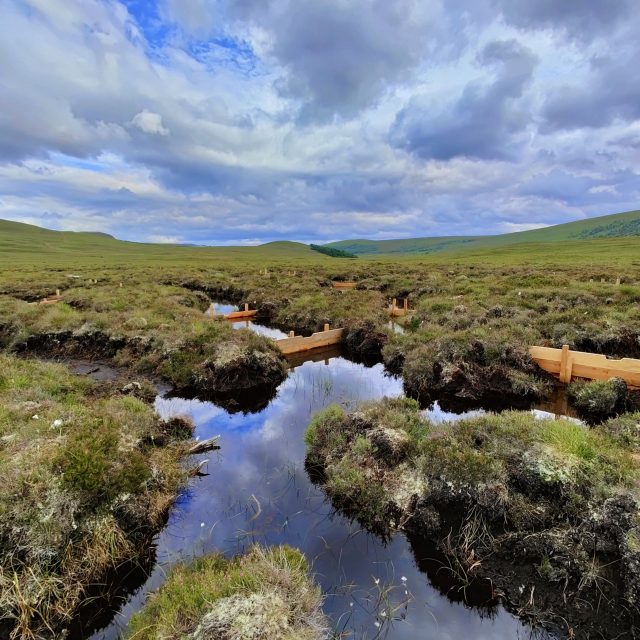Six ways to make environmental improvements on a farm
For almost 30 years, the Allerton Project has been exploring how to combine productive agriculture with wildlife and environmental improvements. With farming at a crossroads, what lessons can it offer about the route to sustainable intensification?
Farmers are under more pressure than ever to raise their environmental performance and deliver public goods to access government support, win the battle for consumers’ hearts and minds and avoid falling foul of ever-tighter legislation.
While many have questions about the practicalities of boosting flora and fauna and still generating a profit, the 333ha Allerton Project in Leicestershire is highlighting that productive agriculture and increased biodiversity can go hand-in-hand.
‘We’re going to have to produce more food in the next 25 to 30 years than in the last century,’ says Dr Alastair Leake, Director of Policy at the Game & Wildlife Conservation Trust, which runs the initiative at Loddington.
‘At the same time, the pressures on farmers to deliver environmental “goods” – and the potential incentives available to do so – are likely to be greater than ever.’
According to Strutt & Parker’s senior associate director Ed Hutley, while rewilding has caught the imagination of some, it is unlikely to be a workable model for the majority, so Loddington provides an exciting, commercially sound middle way.
‘Its integrated approach is a template for farmers to achieve multiple, interlinked benefits in terms of biodiversity, water management and quality, soil health and community engagement, without dramatically changing what they do.’
Grass leys
Some ground grows great arable crops continuously, but yields can drop off on other land. This is the case at Loddington, where the Denchworth and Hanslope clay soil is a mix of Grade 3a and 3b – the former happily supporting an all-arable rotation, the latter less so.
Opportunities exist to revitalise such fields by introducing grass leys in to the rotation – both traditional, clover-rich ones, plus more diverse ones including such species as plantain, chicory, sorrel, vetch, sainfoin and birds-foot trefoil. It can be a win-win for farmers who want to finish lambs – or let the ground to someone else to do so – as it provides clean grazing.
Even for those without suitable fencing and water supplies, there’s potential to treat it purely as a fertility-building break crop, cutting and mulching the growth, and benefiting from subsequent fertiliser savings. As well as restoring essential nutrients, temporary leys sequester carbon, reduce erosion and are popular with pollinators.
Water flow management
You can’t control rainfall, but you can influence the way water moves across your land.
Diverting water into field-corner settlement ponds can hold it back, higher up a catchment and reduce the downstream velocity of flow. At Loddington, a stream was dammed and two ponds, each about 20m long by 5m wide, dug to help cope with big rainfall events.
Such ponds are simple to excavate, small banks can be constructed around them and reeds planted in them, making great wildlife habitats. Siting them at the damp bottom of a field means little or no productive land is lost. Permeable dams across watercourses also act as natural barriers, reducing flood risks on a local and catchment scale.
Wildlife strips
It might be an easy decision to put in a wildlife strip in some places – along a troublesome field edge or a row of telegraph poles, for example – but elsewhere it can be a tougher judgement call.
Wider adoption of yield-mapping technology, however, is improving our knowledge of precisely where the lower-yielding spots within a farm or field are and, therefore, where the cost-benefit equation stacks up. In addition to the popular 3-5m field-side strip, it might make sense – partly depending on ELMS incentives – to consider a wider strip. There is even scope to introduce them at field scale, viewing them as a break crop, especially if rape doesn’t grow well.
Kale is fantastic for wild birds and game, and works well with quinoa. Fodder radish, triticale, flowering vetch and millet are also popular, with perennial grasses providing fantastic game cover. Devotees say the inconvenience is minimal and the benefits to insects and birds are massive.
Soil structure
Indications are the government has deemed soil a private asset rather than a ‘public good’ so it’s unlikely to directly attract public money. However, the productivity gains and environmental benefits that come from looking after this precious asset means attention to it will always be key.
At Loddington, the desire to make soils more resilient to the effects of climate change has prompted a shift towards direct drilling, plus the use of a low-disturbance subsoiler.
Adopting a no-till approach in some fields saw earthworm numbers rise from 200 to 700/cu m, with these ‘ecosystem engineers’ helping to mix soil, mobilise nutrients and facilitate rain infiltration rather than run-off. Though debate continues about the merits of various systems, it’s likely there’ll always be a place for the plough, not least for blackgrass control.
Beetle banks
Typically 0.4m high, 2m wide and created by two-directional ploughing, these can be home to 1,000 over-wintering predatory insects and spiders per square metre. Hand-sown with perennial grasses, they’re a simple way of creating mid-field refuges.
Although unpopular with many in the past, they could be set for a renaissance because, as well as benefiting species such as mice, bees and owls, they can easily be removed.
While there are clearly advantages to farming larger blocks, creating smaller areas is not without benefits – opening the door on a larger variety of crops and management regimes, bringing flexibility and spreading risk. They can also reduce spray requirements in adjoining crops, with predatory insects and spiders controlling pest numbers.
Community engagement
Cultivating links with the local community and the general public can bring tangible – if difficult to quantify – commercial benefits, such as helping ensure buy-in for estate projects and reducing potential planning application objections.
Such initiatives at Loddington have included allowing locals to use the research and educational centre, built in a former cattle building, for events, creating a community orchard and welcoming up to 500 people a year for Open Farm Sunday. While farms can be dangerous, well-managed access can bring benefits to diversification projects and tie in with the government’s objective to get the public out in to the countryside.
This article first appeared in the Autumn/Winter 2019 edition of Land Business.






